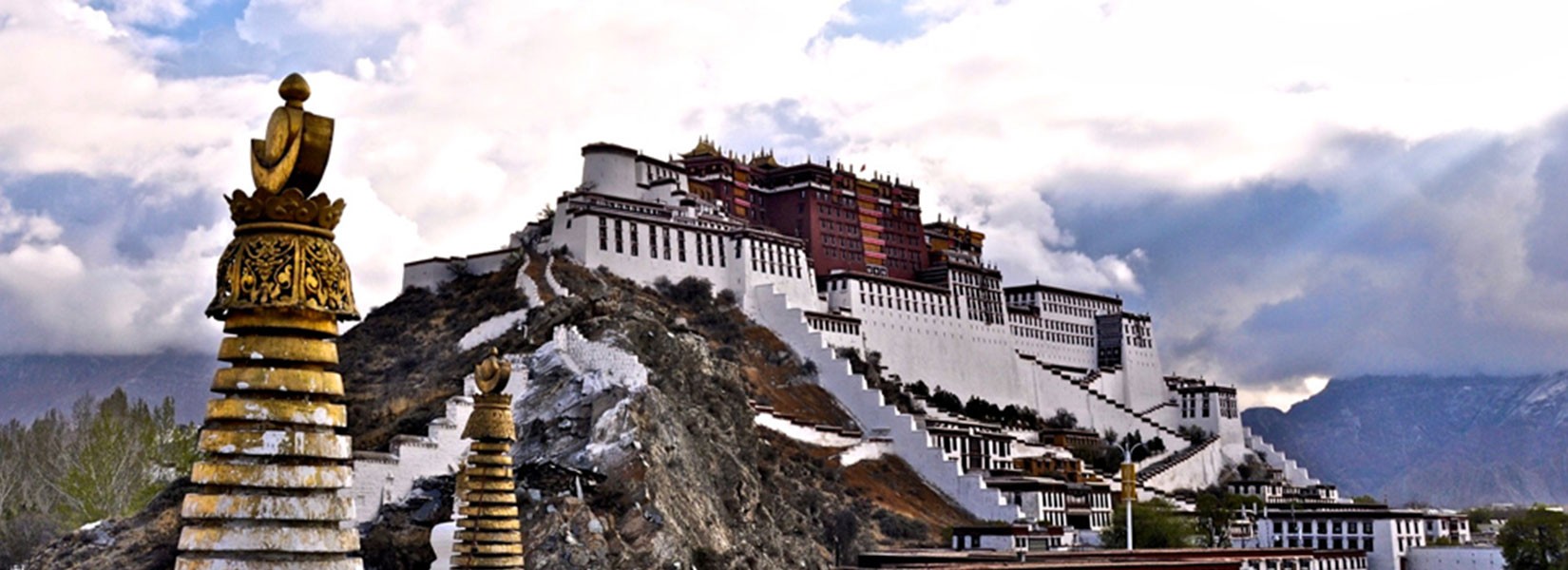Tibet
Tibet, a stunningly beautiful and culturally rich land, is situated on the Qinghai-Tibet Plateau in the southwest frontier of China. Known as the "Roof of the World," this vast territory is filled with captivating natural wonders and mystical human creations that have captivated the imagination of people worldwide for centuries. Despite being a forbidden land for many years, numerous adventurous travelers, scholars, and missionaries have endeavored to explore Tibet, making it a legendary and enigmatic destination.
Today, however, this once-mysterious land beyond the mighty Himalayas is easily accessible from Kathmandu, the capital of Nepal, by road or air, as well as from several cities in China. Tibet is geographically divided into three regions: Central/Southern Tibet, Eastern Tibet, and Western Tibet. Central/Southern Tibet is the most developed region and home to the capital, Lhasa, the residence of the spiritual leader, as well as the main business and cultural hub. Other important cities include Shigatse, the second largest city in Tibet, Gyantse, and Tsedang, as well as popular tourist destinations like Everest Base Camp.
Eastern Tibet, covering one-fourth of Tibet's land area, is forested and home to attractions like Kham and Amdo. Western Tibet, while more remote and barren, contains some of the most sacred sites in the region, such as the ancient civilization of the Kingdom of Guge.
The Tibet Autonomous Region covers an area of 1,200,000 square kilometers and is administratively divided into one municipality and six prefectures. Lhasa is the municipality, and Shigatse, Nagri, Lhaoka, Chamdo, Nakchu, and Nyingtri (Kongpo) are the prefectures. The People's Government of the Tibet Autonomous Region exercises the highest administrative authority in Tibet
-

Information about Tibet - 0 Package(s)
TIBET Introduction Tibet, beautiful land and rich, fascinated mankind, is located at Qinghai-Tibet Plateau, southwest…
In details








